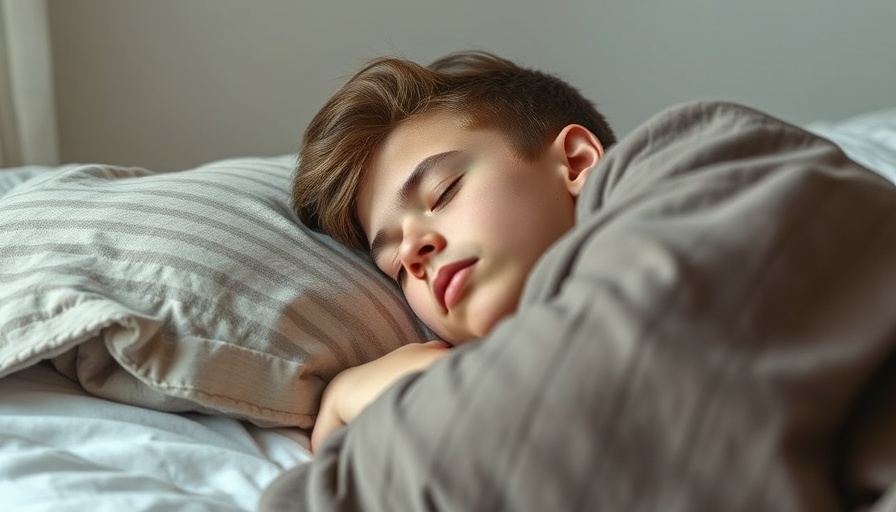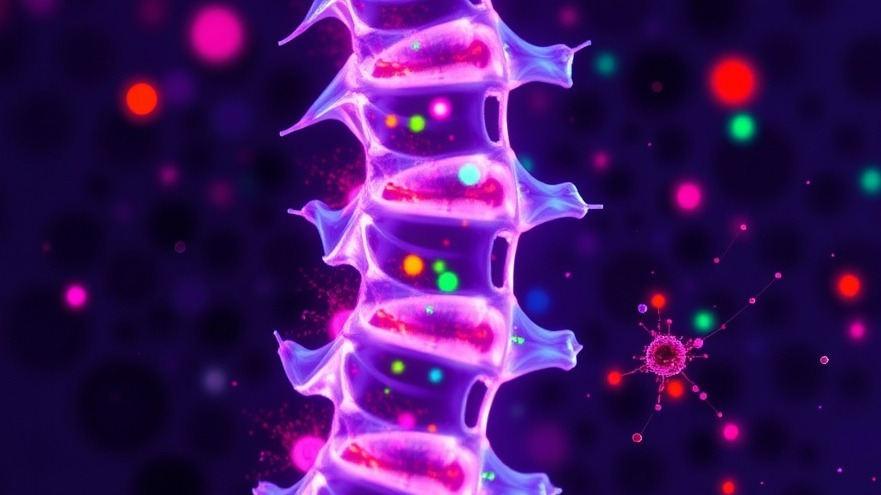
Revolutionizing Sleep Monitoring: The Future of Diagnosis
In a groundbreaking study published in the Proceedings of the National Academy of Sciences, Northwestern scientists have unveiled a wearable, stick-on sleep monitor that promises to enhance the accuracy of sleep disorder detection significantly. This innovative device, developed by a team led by Professor John A. Rogers, is designed to provide a comprehensive analysis of sleep stages—awake, non-rapid eye movement (NREM), and rapid eye movement (REM)—all from the comfort of a patient's home.
A Simple Yet Effective Design
Unlike traditional wearables that are commonly worn on the wrist or finger, this new device adheres gently to the skin at the base of the neck. This unique positioning not only maximizes comfort but also optimizes the measurement of various sleep metrics. According to Rogers, placing the device on the body’s core allows for more accurate assessments of sleep patterns, including respiratory rates and the frequency of snoring, while ensuring that the patient's sleep experience is minimally disturbed.
How It Works: Bridging Home and Hospital
The primary goal of this device is to bridge the gap between existing consumer-grade sleep trackers and the rigorous assessments conducted in sleep laboratories. The device captures critical data, such as body orientation and heart rate, providing insights into how sleep position affects overall sleep quality. By integrating haptic technology, it can even alert users when they begin to snore, nudging them to shift positions proactively, an example of how this technology responds to user behavior dynamically.
Machine Learning Meets Personalized Medicine
One of the most promising aspects of this innovation is its data processing capabilities. Utilizing Bluetooth technology, the monitor transmits collected polysomnography data to a machine learning model known as LMA-SleepNet. This system provides patients with tailored sleep scores and analyses, giving them actionable insights into their sleep health. This blend of advanced technology with machine learning aids both practitioners and patients by transforming raw data into easy-to-understand results, effectively promoting better health decisions.
The Broader Implications for Healthcare Practitioners
For concierge health practitioners, this device represents a noteworthy shift in the diagnosis and treatment of sleep disorders. As sleep disorders are often underdiagnosed, especially in home settings, this innovative approach offers a more effective tool for identification and intervention. Practitioners can leverage this technology not just to monitor sleep but to create personalized treatment plans based on real-time data, ultimately enhancing patient outcomes.
The Takeaway: Embracing Technological Advancements in Patient Care
The introduction of this stick-on sleep monitor signals an exciting advancement in the realm of healthcare technology. As healthcare continues to evolve following digital trends, leveraging innovative tools will be paramount for practitioners aiming to provide top-tier patient care. By staying ahead of technology trends like these, health practitioners can ensure they are equipped to meet the needs and health goals of their patients effectively.
In conclusion, the opportunity to incorporate devices such as these into practice may not only improve patient outcomes but also enhance the overall service offering, setting practitioners apart in a competitive healthcare landscape.
 Add Row
Add Row  Add
Add 






Write A Comment